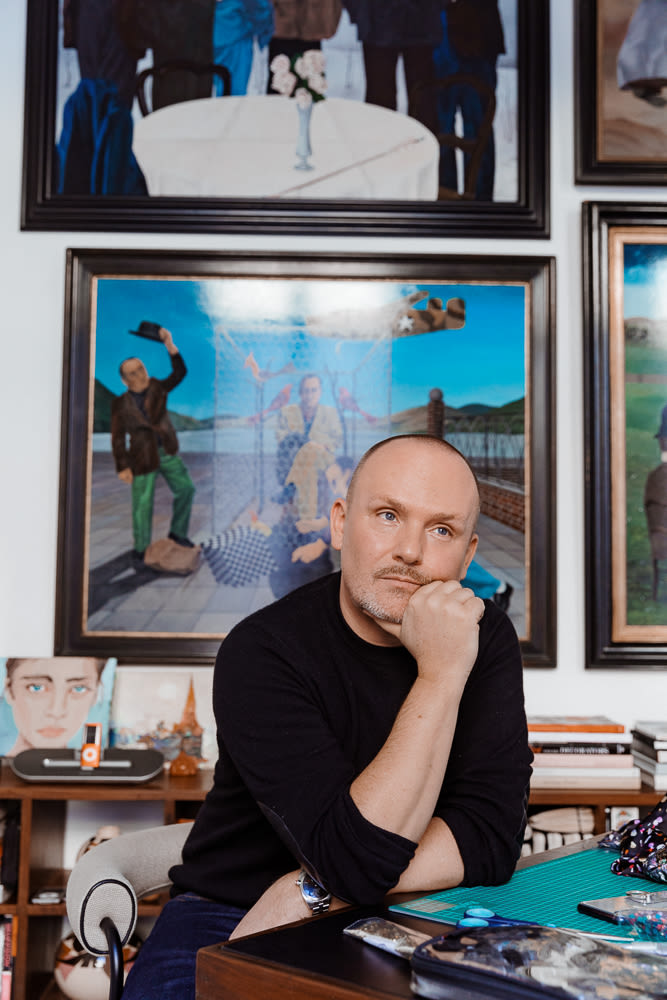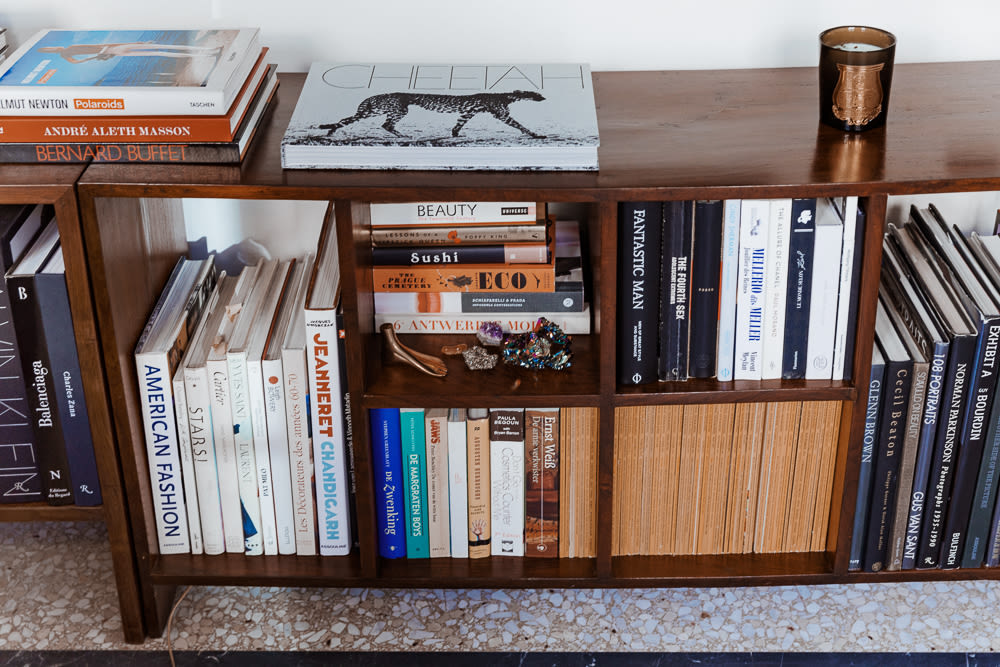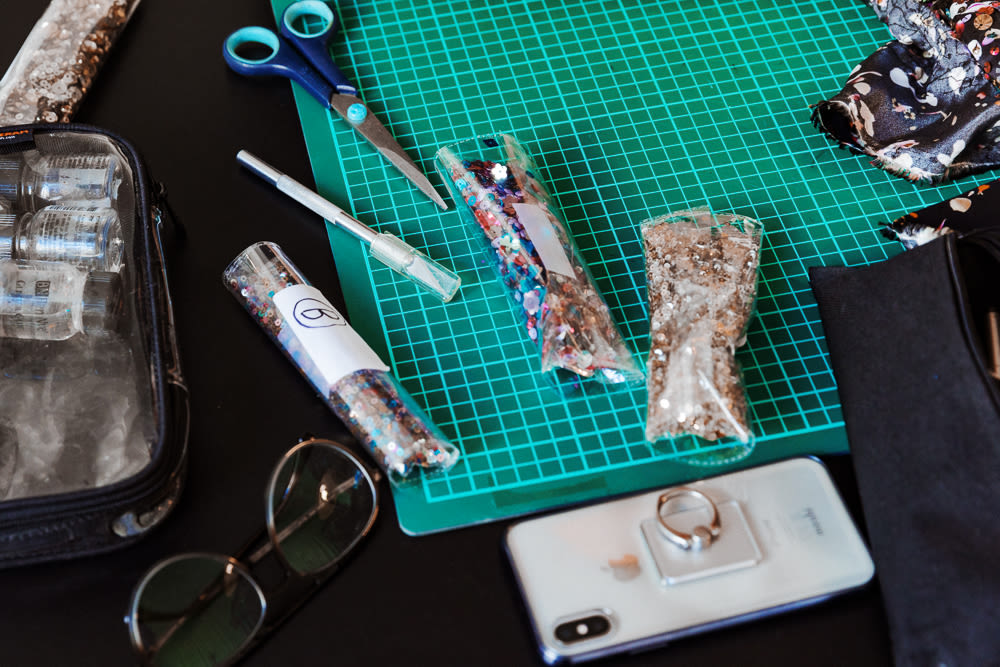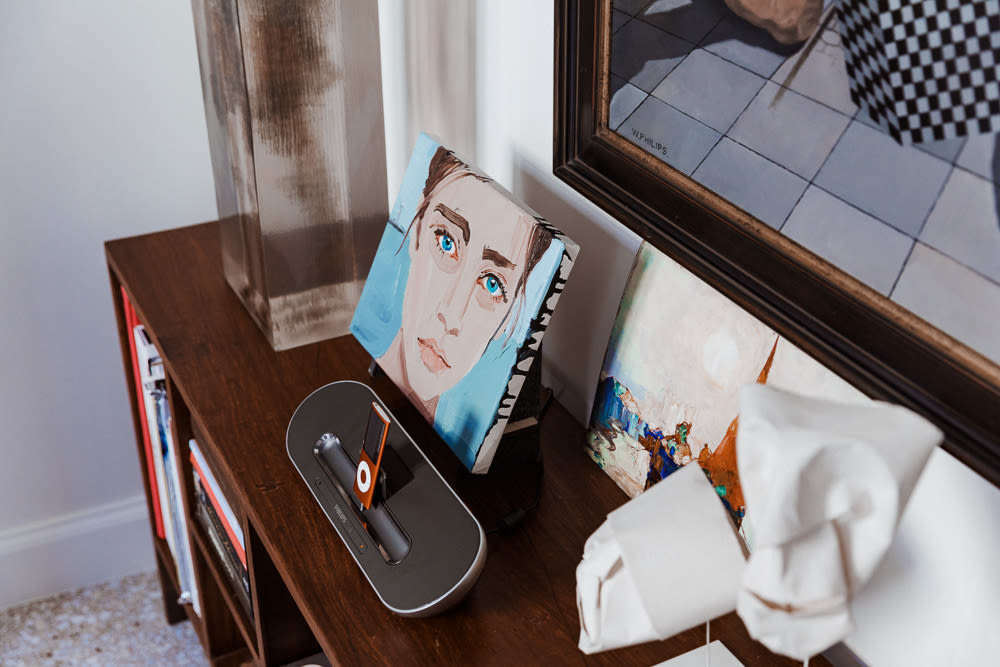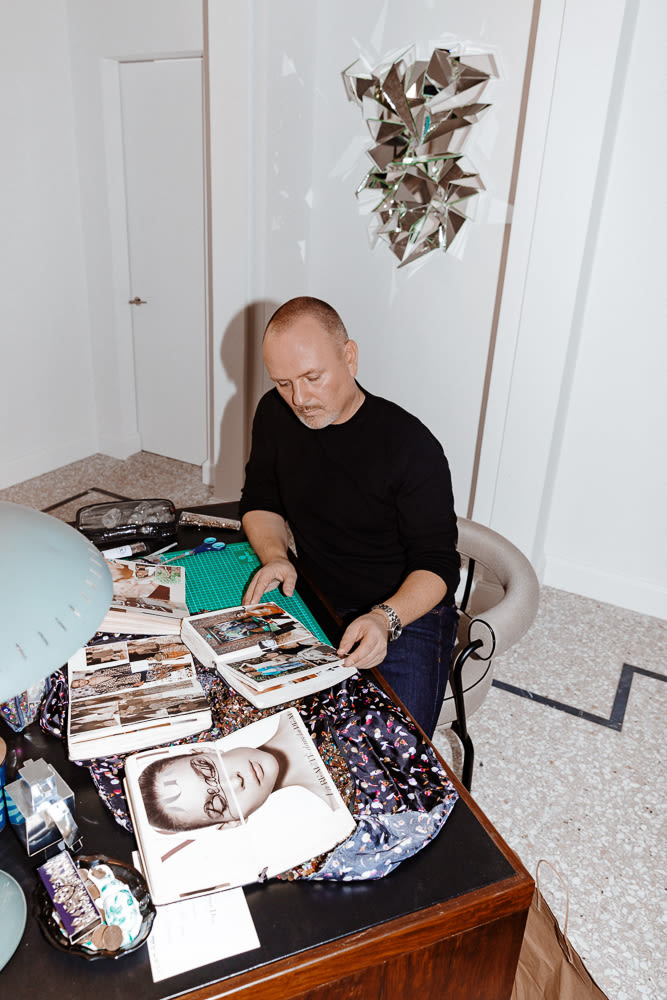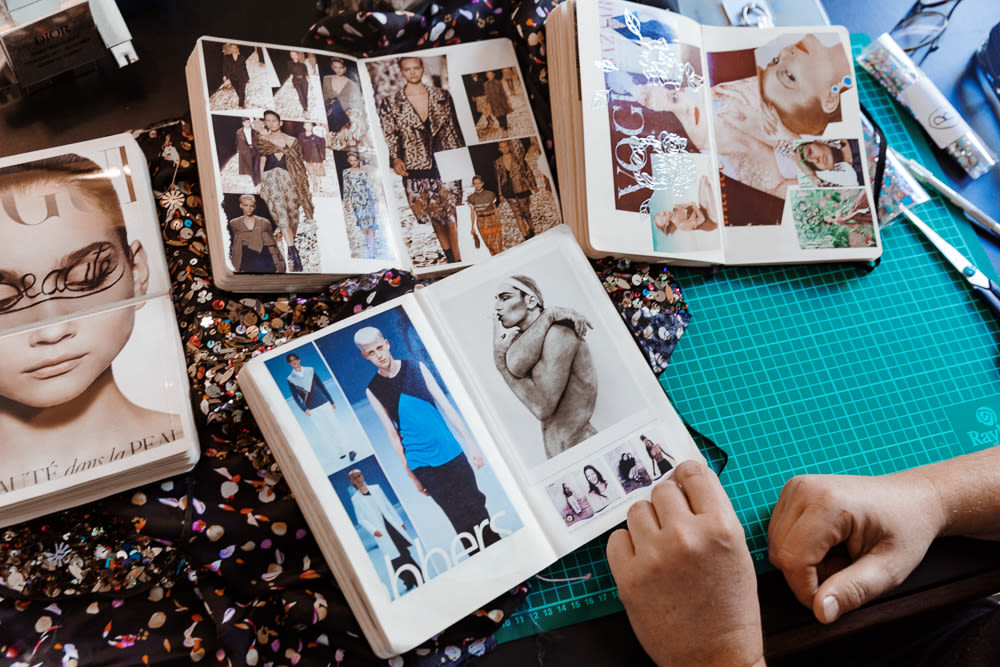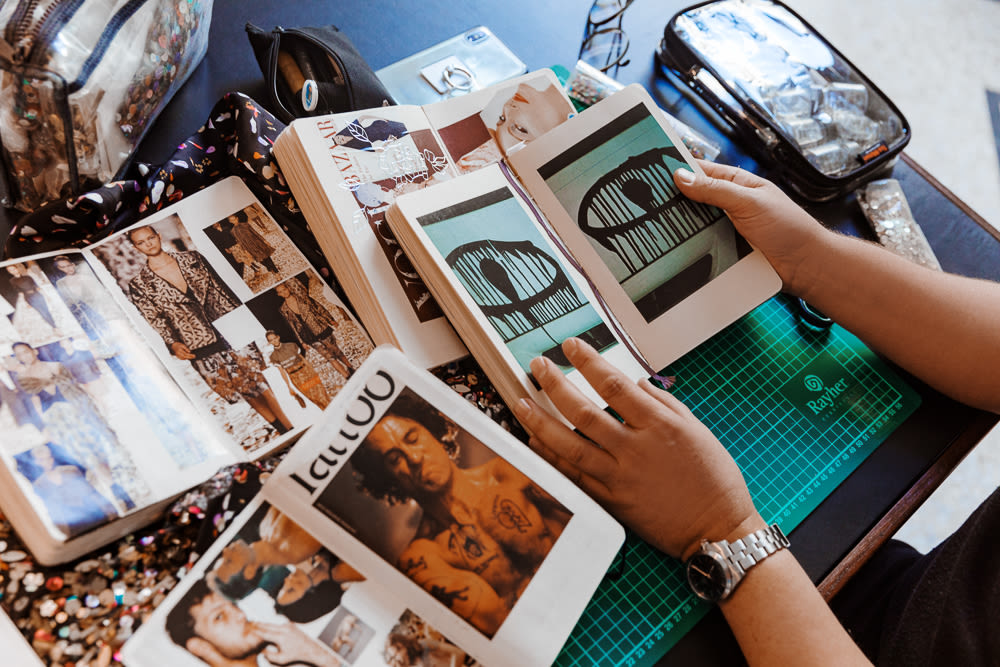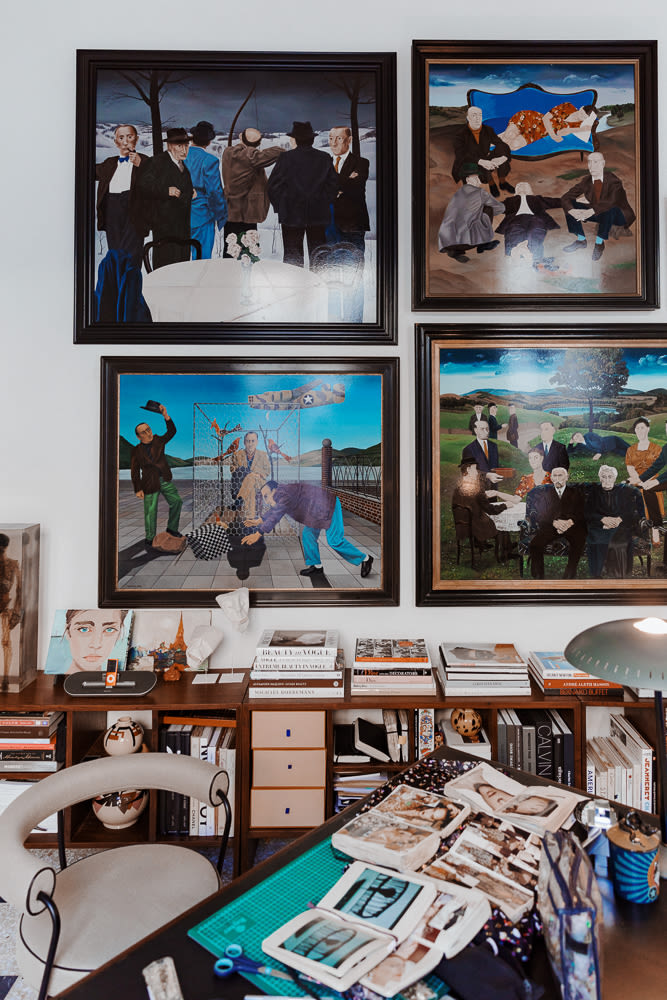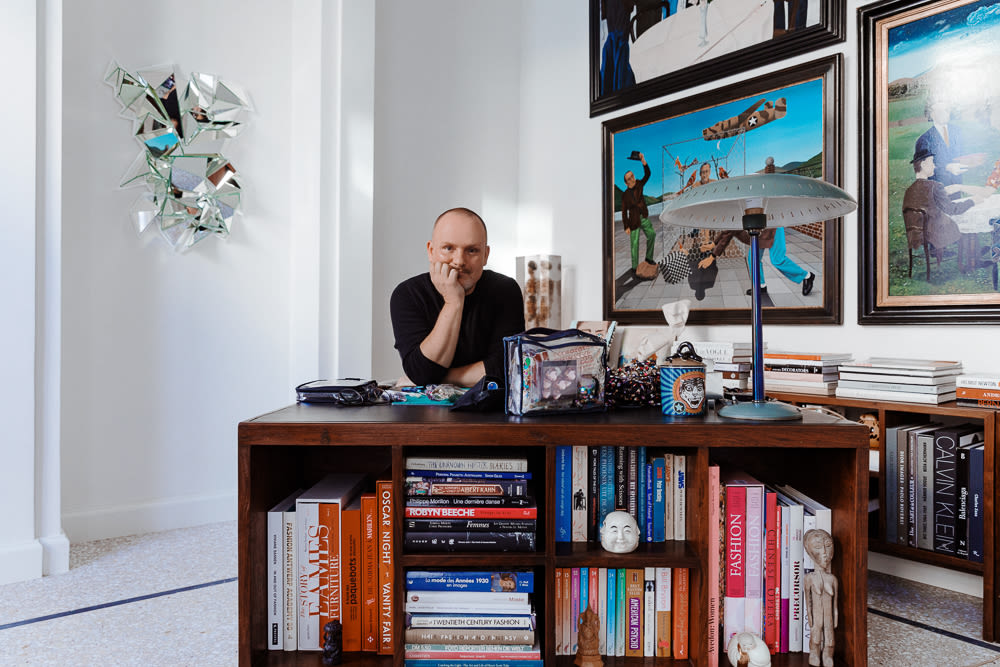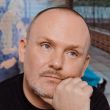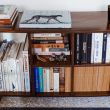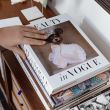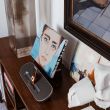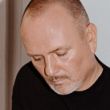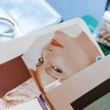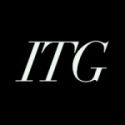“I was born in Antwerp, in 1967. There wasn’t much accessibility to magazines in those days, but every month my mom bought a magazine called Avenue. Remember those Thierry Mugler shoots in the North Pole? It was that kind of level of photography. That, in combination with old movies and school got me interested in fashion.
I wanted to be a fashion designer in those days because I didn’t know any better. [Laughs] When I was a teenager I enrolled at the Antwerp Academy just as it started to become more well-known because of the Antwerp Six. As the Antwerp Six started to do shows in Paris, us students would go and help backstage. I remember helping to make accessories at a show—that was great. It was a very exciting time, being young and kind of discovering a new world. In those days Raf Simons was there. He wasn’t even a student at the Academy, he was an intern at Walter Van Beirendonck, who was one of our professors. And then back at school you had to make your own collection—I did womenswear. It was… not really good. I mean, it wasn’t that bad, but I wasn’t focused on it. My first collection was kind of graphic, and my last collection was only black, white, and silver—not only for style, but for budget reasons—I paid for my studies myself, and it was easier to not make it complicated. There was always an irony to it—I always liked tongue-in-cheek in my collections. In those days Belgium fashion was kind of dark and gothic, and my collections were a bit more flamboyant. That’s actually how I discovered that maybe clothing was not my thing. But it gave me the opportunity to discover the other side of fashion—hairdressing, set design, accessories, makeup.
After I graduated, I took the money I made working in a restaurant and invested it into makeup. I took an evening makeup course in Amsterdam. And then I would do test shoots with young photographers. With all my connections from the Academy—fashion students, photography students—I was doing makeup for shoots whenever I wasn’t working. And that was actually my training. Then, in ‘95, I found a small agency in Belgium to represent me. They thought it was intriguing—one of the nine graduates from the Antwerp Academy class of ‘93 wanted to do makeup. So they booked me and said ‘let’s see what he does.’
My first shoot was for a magazine called Libelle—it’s a weekly ladies’ magazine. I didn’t realize I had to do hair also—and the manicure! I was kind of handy with it because I’m a kid from the ‘80s—we did a lot of hair on friends back then—but I was still an amateur. The shoot was on a Wednesday, and they called me on the Friday before to confirm and to mention I’d be doing the hair as well. I called my mom in a panic. We met with her hairdresser and he taught me some techniques—how to blowdry, how to do a chignon, how to set rollers. By the time I did the shoot the hair was fabulous! I was so focused on the hair that I kind of forgot about the makeup. They booked me again, and my next job was a trip because they were shooting for summer. It was a five-day trip to Greece, and every day we shot a story. That meant that for the next five weeks I was in the magazine. And around the same time a similar thing happened to me with Flare. So suddenly I had my name out there in magazines for weeks—that’s how it all really started.
At Flare magazine we did a lot of before and after makeovers. I learned so much from that—you got all the skin types, you got all ages. Not models, you know? And at the same time I kept doing my avant-garde work. In 2002, 2003, I got my first job with Inez and Vinoodh. It was for French Vogue under Carine Roitfeld with Christy Turlington on the cover. They had never worked with me, and yet they flew me all the way to India to do that shoot. Marie-Amélie Sauvé was the stylist. At that point I had mostly worked with underground magazines—The Face, Dazed & Confused, i-D. And I knew a few designers, like Olivier Theyskens, so I did a few Paris shows. But I never did a glossy magazine, and suddenly I had my first cover of French Vogue. That was amazing. And then they booked me again. That’s actually how I got into New York, because Inez and Vinoodh started booking me so much, that I was in New York more than Europe. I looked for an agency there, and I ended up being in New York for 11 years.
New York is a totally different ballgame than Europe, so my work became less avant-garde. I was still doing the avant-garde, but I was doing more commercial jobs and glossy magazines. Now, you open your iPhone and see everyone does extreme makeup, but in those days it was rare. If you had on avant-garde makeup, you were a punk, you were on the margins of society. And then there was the other side—movie star, or pop star makeup. I’m glad I can do both, and I think that’s how I gained the attention of Chanel, my first contract. They saw my portfolio and the balance between really great skin and real beauty, and that I’m not afraid to play and experiment. It didn’t look forced, you know?
I’ve been thinking a lot about my time working with Karl [Lagerfeld] lately, especially this month. I was working on his last collection at Fendi just last week. One time I did tattoo applications for one of his shows. Another time I had eye makeup embroidered—I designed the applications, and I headed over to Lesage, which is a very old embroidery house, and they embroidered them for like 80 or 90 models. That was great. If you have the budget, everything is much easier, you know? I remember I did a show with Raf and we did silver metallic eyeliners that I glued on. We had them made, but they were not right, so the day before the show I had to cut all of them by hand. There were a lot of models at that show, 70 girls or something like that. So to say the least, that was a challenge.
The Mickey Mouse shoot—people have asked me so many times to do another one, and I always refuse. Except for one time, for the September issue of American Vogue with Irving Penn. The whole issue was done, however they needed one more beauty page in the magazine and suddenly I got a phone call from my agent saying, ‘Do you have some masks? Mr. Penn wants to shoot, and he wants it to be done within the next 10 days.’ I had some African-inspired masks, a Mickey Mouse, and a few other ones. The funny thing was the stylist was like, ‘Oh, Mr. Penn is never going to like the Mickey Mouse one, it’s too tacky.’ I did the hair and makeup under the mask, we put the mask on, and when the girl stood up, it was like in an American Christmas movie. Suddenly it was like the sky broke open. It was full daylight, full sun—you know like after a storm, when suddenly everything is clean? Irving Penn started shooting, and he shot her for two hours. That was a really magical moment for me—one of my favorites. And then they used those photos for the cover of Vogue Beauty Book.
The original Mickey Mouse shoot I did with Raf Simons was really avant-garde and underground. In my small world, it became something that was sort of special. We shot all the capes in Raf’s collection, and then Olivier [Rizzo] combined it with some vintage items. At that point it became very dark, gothic, Flemish. So I took that Mickey Mouse and I painted it on Robbie’s [Snelder] face. I was done in 10 minutes, and I still remember their faces when he came out—they were like, 'Huh?' And then they were like, ‘Oh my God that’s kind of sick.’ It was kind of in between Kiss makeup and Mickey Mouse. It was used for the zero issue of V magazine, and I think there was a Testino image of Kate Moss on the cover. They sent it out to all the brands to announce the magazine was launching and to get advertisers. I didn’t know that Mickey Mouse image was going to hold me for so long, that it was going to live this life on its own. I don’t mind, though—it helped me a lot.
I joined Dior Beauty as its creative and image director almost five years ago. The beauty collection is 80-percent made in-house. I find the theme, the inspiration, and that will lead to the collection. We launch at least two lipstick lines a year—there is Rouge Dior or there is Dior Addict. Stellar Shine was a unique product to make. We wanted to give it a bit of maturity, to make it an iconic lipstick like Rouge Dior, without losing the playfulness of the Addict line. I was like, ‘ Let’s make her shine and sparkle.’ The formula is a bit more comfortable, more like a lip balm. For mascara, Pump ’N’ Volume is something that I’m really proud of. It was a response to how mascara dries out quickly if you use it a lot. To fight the dryness, I would put the mascara tube in warm water, or leave it in the sun for a little bit. It revived the formula, almost like a massage. Dior said, ‘OK, let’s find a package that can do that for you.’ That’s how Pump ’N’ Volume came to be—you’re literally able to massage the formula to make it feel new every time you use it.
That connects to what makeup means to me. In the beginning, makeup was a tool for me to play with. From a fashion point of view, doing extreme makeup, editorials—it was like paint for a painter, or notes for a musician. But then I started to also see it as a way to help a lot of women and men feel good—to express, to show themselves. Because of social media, the barrier that made makeup stressful is gone. It’s now easier to find a person who looks like you and watch them transform. Once you start to play with makeup, it’s as easy as having a conversation with somebody. And hey, if it doesn’t work, you can wipe it off and try something else. It’s not a big deal—it’s just makeup, you know?”
—as told to ITG
Peter Philips photographed by Tom Newton in Paris on February 24, 2019.
